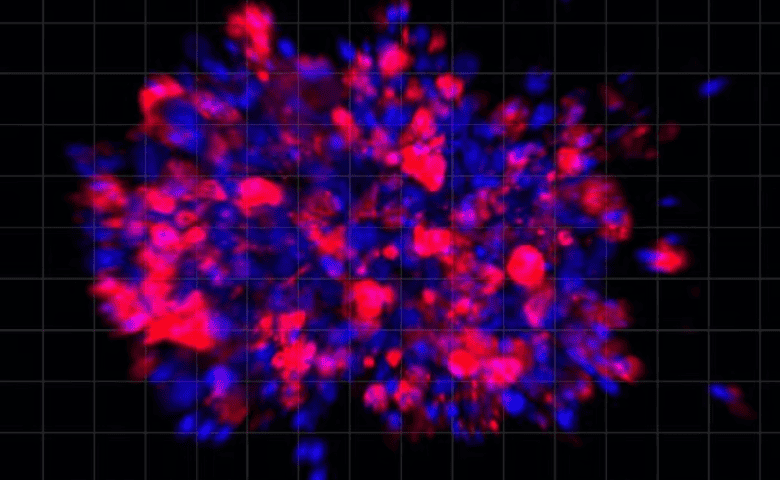Scientists have shown that an old heart drug can inhibit growth of one of the most common and lethal forms of pancreatic cancer, at least in preclinical models.
In a study published Dec. 26 in Cell Stem Cell, researchers from Weill Cornell Medicine showed that perhexiline maleate—a calcium channel blocker used to treat angina—could stifle the growth of KRAS-G12D-mutated pancreatic ductal adenocarcinoma in human organoid models that had been transplanted into mice. Its mechanism of action could form the basis of future drugs.
Perhexiline maleate, prescribed as Pexid or Pexsig, was used as an anti-angina treatment until the 1980s, when it was sidelined in most countries due to its side effect profile, a review article by researchers at the University of Adelaide explains. While the drug was never approved for use in the U.S., it is still used by clinicians in New Zealand and Australia. It works by shifting the metabolism of fatty acids and carbohydrates in a way that helps the heart process oxygen more efficiently, thus reducing the symptoms of angina.
Scientists first demonstrated perhexiline’s anti-cancer potential in 1984, when they showed that it could sensitize leukemia cells to chemotherapy. Since then, it has shown to not only boost chemo but also to inhibit growth on its own in cell lines and mouse models of breast, lung, brain, liver and other cancers with a variety of different gene mutations.
In the new study, the researchers didn’t set out to test perhexiline maleate specifically. They started by setting up an automated drug screening system that looked at the efficacy of different drugs on organoids made from mouse pancreatic cells that had been engineered with the many different types of mutations associated with pancreatic ductal adenocarcinoma, including a mouse version of KRAS-G12D. Organoids are three-dimensional cell cultures grown from stem cells that function like the tissue of the organ they represent.
Of the 6,000 compounds tested, perhexiline maleate emerged the winner. The drug was able to not only stop all of the cancerous organoids from growing, but even destroyed some of them altogether. It also appeared to have no effect on healthy, non-mutated organoid cells.
The researchers then tested perhexiline maleate on mice transplanted with the same type of organoids, along with another group that received human-derived cancerous organoids. The drug inhibited the growth of the cells in both of those models, along with a separate set of human-derived pancreatic cancer organoids with different types of KRAS mutations.
When the researchers compared gene patterns between treated and untreated organoids, they noticed that the KRAS-G12D mutation was boosting the production of cholesterol in the mutated cells. Perhexiline maleate was counteracting that effect, thereby stopping the cancerous organoids from growing, by inhibiting a protein involved in cholesterol synthesis called SREBP2.
While this wasn’t news to the researchers, as cholesterol is well known to play a role in cancer progression and synthesis, it did mark the first time that scientists had shown that targeting it could be effective against pancreatic ductal adenocarcinoma with KRAS-G12D mutations. The fact that it worked in human organoids with other types of KRAS mutations could mean that the treatment mechanism is less vulnerable to being overcome by cancer resistance, the researchers noted in a press release.
In the same release, the scientists added perhexiline maleate itself will not be used as an anti-cancer agent, as the risk of side effects—namely liver and nerve damage—is too high. Instead, researchers will likely tinker with its chemical structure to come up with a candidate that has the same anti-cancer effects without the drawbacks.

